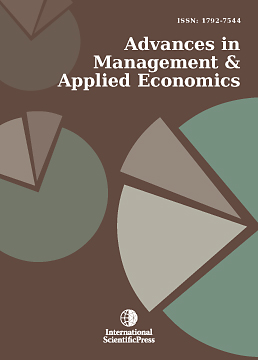Advances in Management and Applied Economics
Research On Effectiveness of Low-Carbon Policies on Labor Mobility
-
 [ Download ]
[ Download ]
- Times downloaded: 721
Abstract
The internal and external environment of China's development has undergone profound changes, and the promotion of “dual-carbon” has become an urgent need for cracking the outstanding problems of resource and environmental constraints and realizing sustainable development, while labor mobility can bring “demographic dividend” to the region, which is an important part of realizing the dual-carbon goal. This paper focuses on the low-carbon pilot policies, adopts the panel data of 281 prefecture-level cities from 2005 to 2019, and constructs a multi-period double difference model to investigate the effects of low-carbon policies on labor mobility. The study finds that: low-carbon pilot can significantly promote inter-regional labor inflow, and the above conclusion still holds after a series of robustness tests; mechanism analysis shows that the advancement of industrial structure plays a significant positive moderating role, while government expenditures on finance, science and technology play a mediating role. The research in this paper not only provides a new perspective for the evaluation of the effects of low-carbon policies, but also provides a new basis for city branding to attract labor inflow, and the heterogeneity analysis also provides a theoretical reference for the government to formulate talent policies.
JEL classification numbers: J61.
Keywords: Low-carbon policies, Labor mobility, Multi-period double difference model, Advancement of industrial structure.
